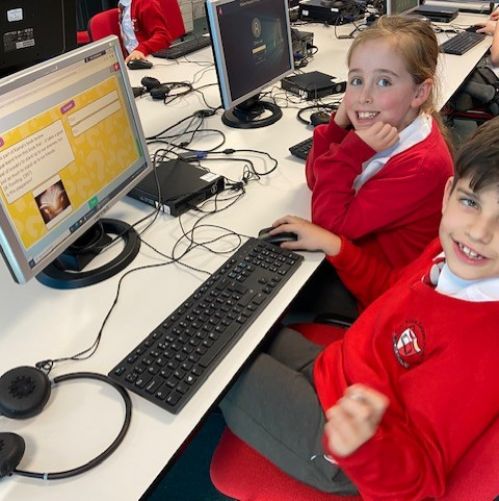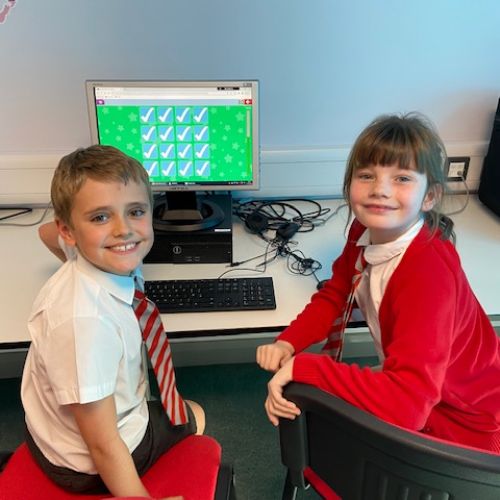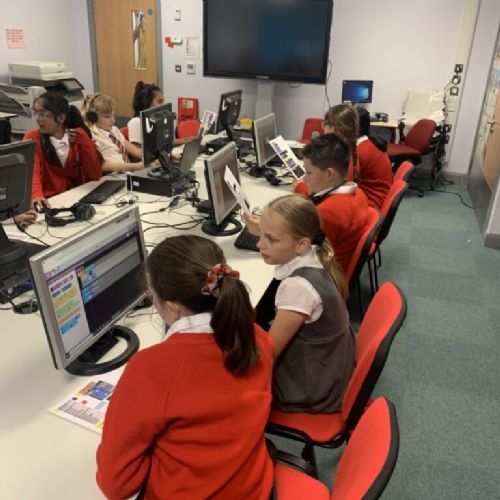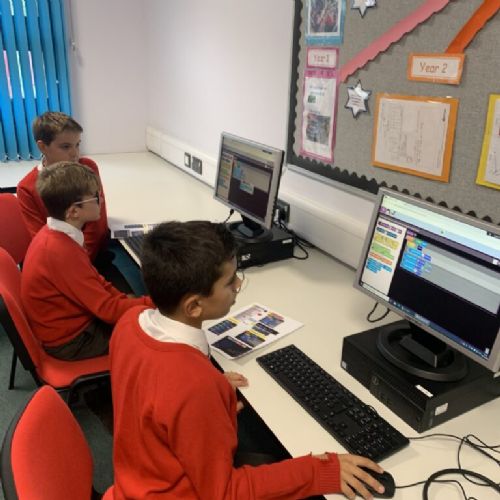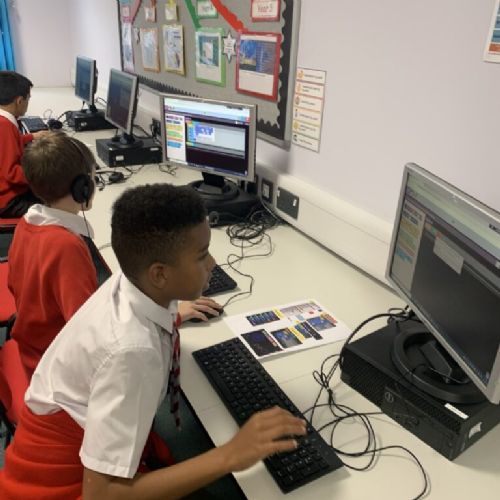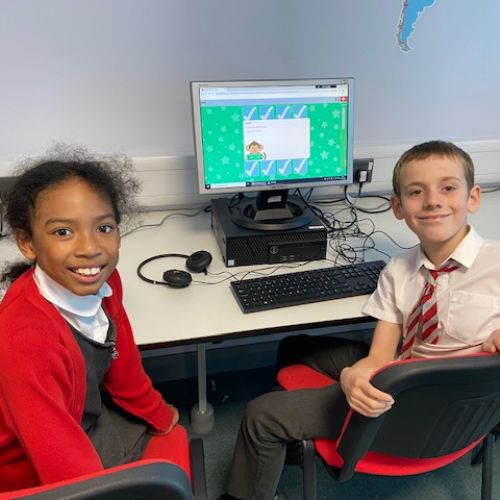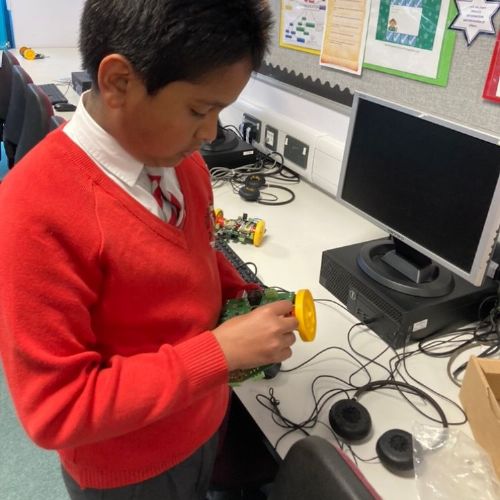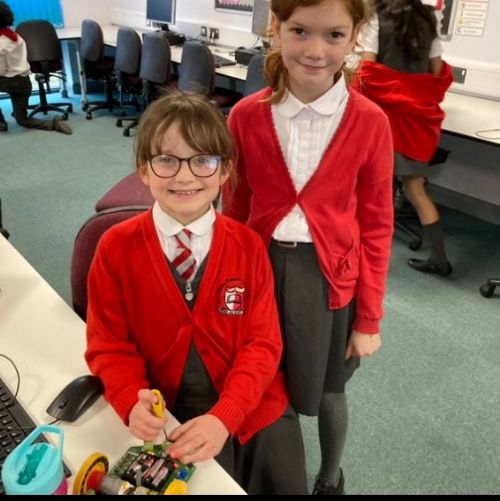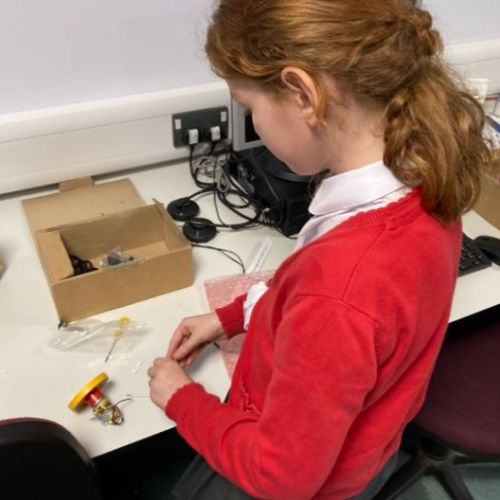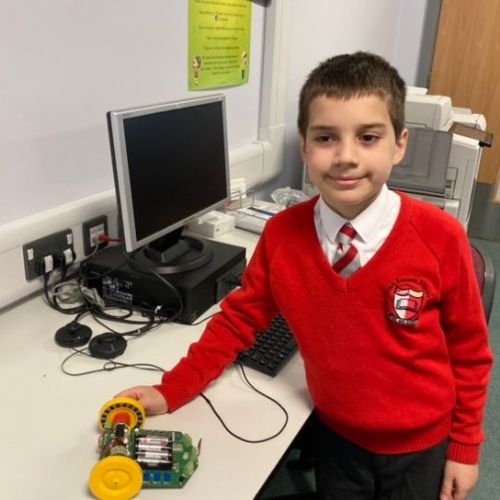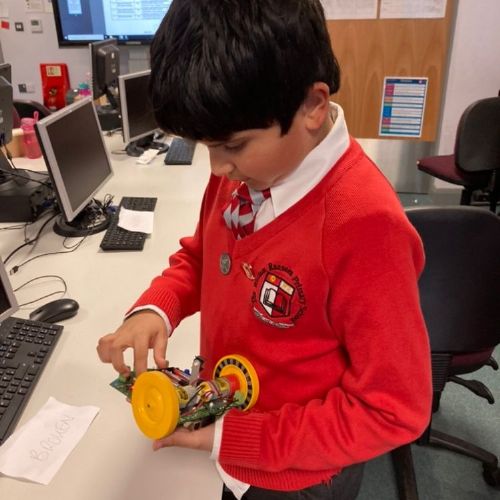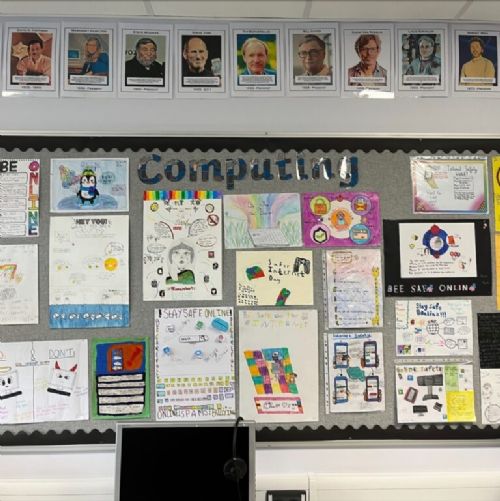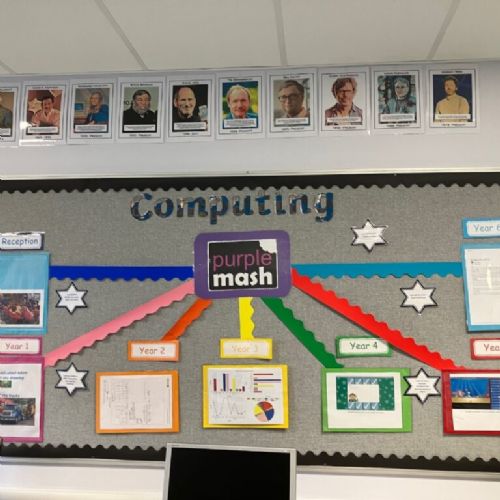Computing
Intent
At William Ransom Primary School we aim to develop an engaging curriculum encompassing Computer Science, Information Technology and Digital Literacy. It is the school’s intention that all pupils will be given the opportunity to learn from a stimulating and creative computing curriculum which encourages computational thinking.
In an ever-changing modern world, we understand the immense value that technology plays in the day to day lives of children and adults. Therefore, we want to model and educate our pupils on how to use technology positively, responsibly and safely. We want our pupils to understand that there is always a choice with using technology and as a school we model positive use. We aim to equip children for future success, creating safe, active participants in a digital world.
William Ransom Primary School Computing aims:
- APPROACH – To develop a whole school approach to computing ensuring continuity and progression in all strands of the curriculum.
- ATTITUDES – Instil critical thinking, reflective learning and a ‘can do’ attitude for all our pupils, particularly when engaging with technology and its associated resources.
- ESAFETY – To ensure that children understand the importance of e-safety and how to remain safe when using ICT.
- ENGAGE – Enthuse and equip children with the capability to use technology throughout their lives.
- EVERYONE – Provide an exciting, rich, relevant and challenging computing curriculum for all pupils.
- VALUES – Teach pupils to become responsible, respectful and competent users of data, information and communication technology.
Implementation
As a school, we have chosen the Purple Mash Computing Scheme of Work from Reception to Year 6. The scheme of work supports our teachers in delivering engaging lessons which help to raise standards and allow all pupils to achieve to their full potential in line with 2014 Primary National Curriculum requirements for KS1 and KS2 and the Early Years Foundation Stage Curriculum in England.
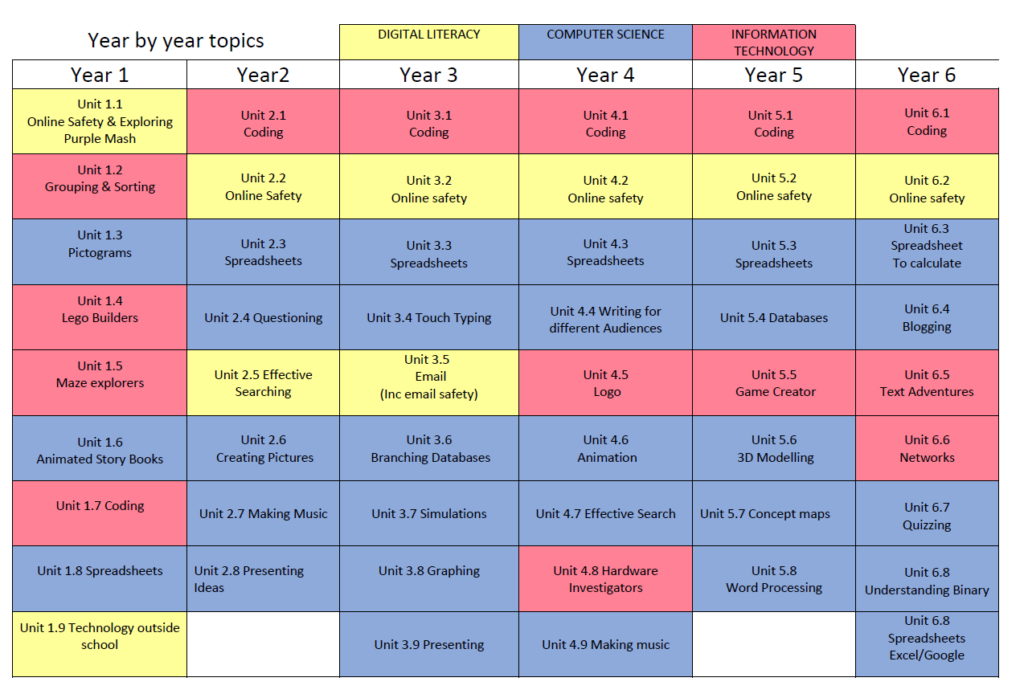
Early years:
We aim to provide our EYFS pupils with a solid foundation to prepare them for Computing in the future. This is through the development of personal, social and emotional skills, physical skills and their experiences in expressive arts and design. Children will learn to:
- Show resilience and perseverance in the face of a challenge.
- Know and talk about the different factors that support their overall health and wellbeing.
- Develop their small motor skills so that they can use a range of tools competently, safely and confidently.
- Explore, use and refine a variety of artistic effects to express their ideas and feelings.
- Be confident to try new activities and show independence, resilience and perseverance in the face of challenge.
- Explain the reasons for rules, know right from wrong and try to behave accordingly.
- Safely use and explore a variety of materials, tools and techniques, experimenting with colour, design, texture, form and function.
At Key Stage 1 children learn to:
- Understand what algorithms are, how they are implemented as programs on digital devices, and that programs execute by following a sequence of instructions.
- Write and test simple programs.
- Organise, store, manipulate and retrieve data in a range of digital formats.
- Communicate safely and respectfully online, keeping personal information private, and recognise common uses of information technology beyond school.
At Key Stage 2 children learn to:
- Design and write programs that accomplish specific goals, including controlling or simulating physical systems; solve problems by decomposing them into smaller parts.
- Use sequence, selection and repetition in programs; work with variables and various forms of input and output; generate appropriate inputs and predicted outputs to test programs.
- Use logical reasoning to explain how a simple algorithm works and to detect and correct errors in algorithms and programs.
- Understand computer networks including the internet; how they can provide multiple services, such as the world-wide web; and the opportunities they offer for communication and collaboration.
- Describe how Internet search engines find and store data; use search engines effectively; be discerning in evaluating digital content; respect individuals and intellectual property; use technology responsibly, securely and safely.
- Select, use and combine a variety of software (including internet services) on a range of digital devices to accomplish given goals, including collecting, analysing, evaluating and presenting data and information.
Please click here to read a more detailed skills progression.
Our Computing progression model is broken down into three strands that make up the computing curriculum. These are – Computer Science, Information Technology and Digital Literacy. Computer Science underlines the knowledge and skills relating to programming, coding, algorithms and computational thinking. Information Technology underlines the knowledge and skills relating to communication, multimedia and data representation and handling. Digital Literacy underlines the knowledge and skills relating to online safety and technology uses all of which are covered discreetly or in a combination with other strands. Children enjoy access to trips and computing clubs which develop their love of technology outside of the classroom.
Impact
Progress in our computing curriculum is demonstrated through outcomes and the record of coverage in the process of achieving these outcomes. Discussions with pupils regarding their work and will best show the impact of our curriculum. Through careful assessment and the ongoing responsibilities undertaken by all staff (including SLT and computing subject leads) we monitor the implementation of our curriculum to ensure that our intentions and aims are met. We strive for all pupils to reach their full potential.


